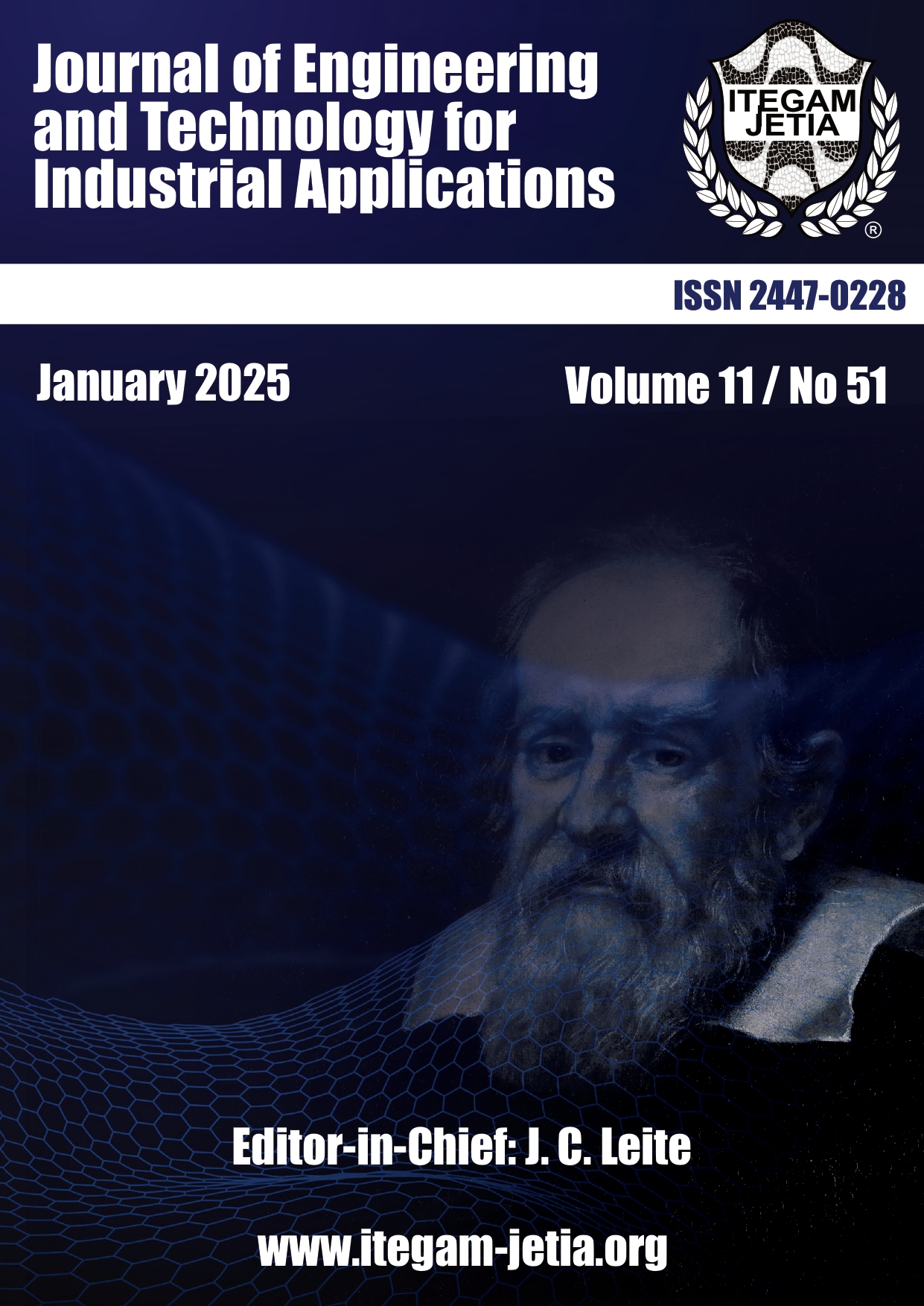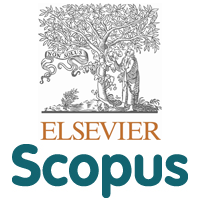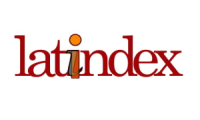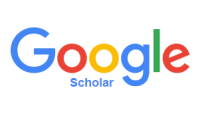Parametric Analysis of UFMC with 5G NR Polar and Convolutional Codes in a Massive MIMO System
Abstract
The Fifth Generation (5G) wireless network's radio access strategies must meet dynamic and adaptable service requirements. The major demands in the current era of pervasive wireless networks are high throughput, reliability, and secure connectivity. 5G New Radio (NR) air interface is a major transition to new modulation and channel coding techniques to reduce redundancy, latency, and complexity. Convolutional codes were used in 4G and polar codes in 5G to code channels for control information in the uplink and downlink. This research aims to investigate the 4G channel codes and provide analytical results for comparing them to the 5G polar codes in Ultra-Reliable Low-Latency Communication (URLLC) applications with short block-length transmissions. The research implements Universal Filtered Multi-Carrier (UFMC) modulation, a suitable technique for short burst transmissions. Channel coding is applied to enhance reliability, considering Polar codes as major 5G candidates for short packet transmission. The comprehensive system is simulated in a massive Multiple Input Multiple Output (MIMO) scenario. The impact of antenna array size in MIMO and UFMC parameters and sub-band size are investigated. The major contribution of the work is that the Bit Error Rate (BER) performance of Polar codes is enhanced with an SNR gain of ~7dB with a 64x16 MIMO UFMC system compared to convolutional codes. Moreover, the concatenated polar and convolutional codes are used, which results in an additional SNR boost of about 3dB. This research reveals that mission-critical applications in 5G can benefit from the flexibility and improved error rate performance offered by the combination of UFMC, Polar codes, and massive MIMO.
Downloads
Copyright (c) 2025 ITEGAM-JETIA

This work is licensed under a Creative Commons Attribution 4.0 International License.











